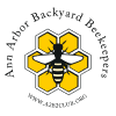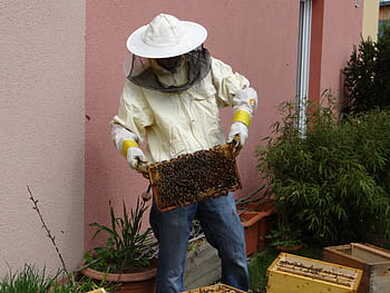 Aims Many beekeepers split their hives in the spring. This is done for several reasons: 1) To create an artificial swarm to prevent swarming, 2) To increase the number of hives, 3) To create a break in the brood cycle to help control Varroa mites, 4) To encourage the bees to raise a new, young queen, 5) To make money by selling nucs or miniature hives. 6) To make smaller hives with less bees to increase the chances of finding the queen and dispatching her to introduce a new queen and new genetics. Basic There are 2 main types of splits. With the first type, finding the queen is not necessary. With the second type, you must find the queen. The most common 1st type is called a “walk-away” split. In this split you divide the hive evenly between two boxes making sure that each has an equal number of bees as well as frames of pollen, nectar, brood, and especially at least one with eggs present. One of the boxes gets left in the location of the old hive and one gets moved to a new location and some grass or other debris placed in or over the entrance to allow bees to acclimatize to the new location. Then the beekeeper “walks away” for 4-7 days. After that time, one of the hives will have eggs and you know that’s where the queen ended up without having to find her. The other hive will have queen cells as the bees are queenless and need to make a new queen. Conditions When is the best time to make splits? In order to have a chance at a successful split, there must be enough mature drones in your area to mate with the new queen. In Southeast Michigan, this is typically around the time of the dandelion bloom or May 1st, but the best way to determine the proper time is to check your drone brood. A sign that you will have mature drones by the time your new queen is ready to mate is when the drone pupae have purple eyes. Also, you will want the weather to be above freezing at night so that the smaller split hives will be able to keep their brood warm. More Information: https://www.honeyflow.com/blogs/beekeeping-basics/spring-split
0 Comments
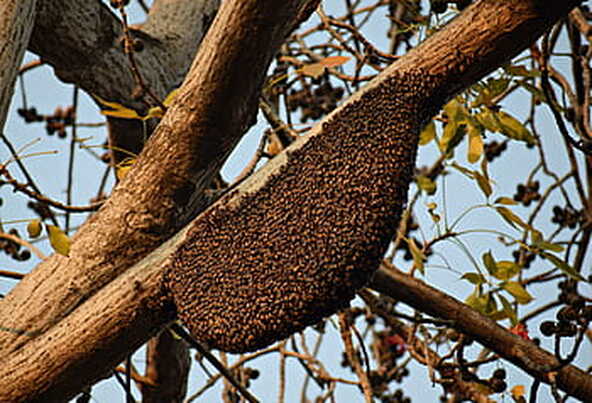 Adverse Even though it can be a sign of a strong, healthy colony, swarming can be bad for your colonies. Not only do you lose your queen and about 60% of your bees, but roughly 20% of the time, the remaining weakened colony fails to produce a well-mated new queen to replace her and may be doomed if you don’t notice and install a new queen soon enough. The bees who leave in the swarm also fill their honey stomachs with honey from the hive so they can start building wax at their new home and take pollen for the new brood. This means less resources for the remaining bees and beekeeper. Breeding Swarming is a natural process for a honey bee colony. All colonies want to swarm because this is the way the colony reproduces as a superorganism. That being said, allowing your colonies to swarm, especially if you live in an urban or suburban environment, is not responsible beekeeping. Think of it as not spaying or neutering your dog and then expecting your neighbor to take care of all the puppies, or worse, no one taking care of the puppies and them all dying of disease and starvation. What I mean by this analogy is that swarms may take up residence in your neighbor’s siding or grill or attic where they do damage and aren’t welcome, also most swarms die (only 1 in 6 survives) because they cannot find a good new home and build up enough stores to survive a Northern winter with no beekeeper to care for them. Also, please remember that honey bees are not native to North America, so releasing them into the wild isn't good or nice for our native bee populations. Even though swarms aren’t good and get a bad reputation for being sting crazy, bees who are swarming are actually very docile because they have no home to defend. Crowding Spring, when flowers are blooming and nectar is abundant is swarm season in Michigan. The incoming nectar, warm weather, the queen running out of space to lay eggs, crowding of the hive with new bees, and the related decrease in queen pheromone are all cues for the bees to swarm. Space issues in the hive are something the beekeeper can control for by adding boxes of drawn comb. One sign your hive is getting too crowded is backfilling of the brood nest with nectar or bees storing nectar in the middle of the brood chamber leaving the queen nowhere to lay her eggs. If you see queen cells, your hive will swarm or has already swarmed (i.e. it’s too late). Most beekeepers create an artificial swarm by splitting their hives in the spring to prevent their colonies from swarming on their own. More Information: https://www.perfectbee.com/a-healthy-beehive/inspecting-your-hive/recognizing-and-avoiding-swarms 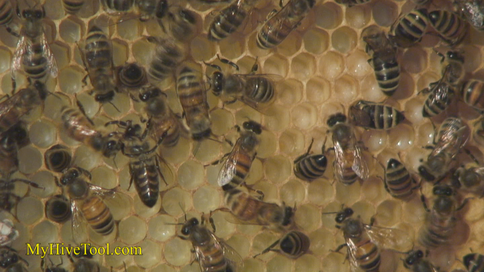 Appropriate Healthy bee brood is located in the “brood chamber” in the middle of the hive. These frames typically are either wall-to-wall capped brood (in spring or summer) or have brood in the middle, followed by a layer of pollen, with honey in the corners. A healthy brood pattern is solid, not spotty, and healthy larvae are plump, white grubs floating in large pools of white royal jelly. When the pupae are capped with wax, the caps are slightly raised and dark yellow without any perforations. The caps darken to tan as the pupae ages. Bad There are many bee brood diseases: sacbrood, chalkbrood, snotty brood, European Foulbrood, and American Foulbrood, etc. Varroa mites also feed on bee brood and replicate inside capped pupal cells. The most serious brood disease is American Foulbrood or AFB which is an extremely contagious, almost impossible to kill, and fatal disease in honey bees which may require you to burn your hive to control its spread. Signs of brood disease include (but are not limited to) spotty brood, twisted larvae, “skeletal” larvae, discolored larvae, pointy larvae, dry and mummified larvae, goopy larvae, sunken caps, discolored/caramel-colored caps, perforated caps, bald brood (pupae that have no caps), black scales inside of brood cells, a bad smell, and white crystals inside brood cells. Cycle The life cycle of all castes of bees is similar, but has a slightly different time scale. All bees are eggs for 3 days, and larvae for 6 days. The queen is then a pupae for only 6 or 7 more days (15-16 days total). The workers are pupae for 12 days (21 days total). The larger drones are pupae for 15 days (24 days total). The bees then emerge from their cells as fully-formed adults and do not grow any more. Queen = ~16 days from egg being laid to emergence (eclosure) from cell as an adult Worker = 21 days Drone = 24 days More Information: https://bee-health.extension.org/bee-brood-basic-bee-biology-for-beekeepers/ |
AuthorJen Haeger is a new master beekeeper and board member of A2B2. Archives
August 2022
Categories
All
|

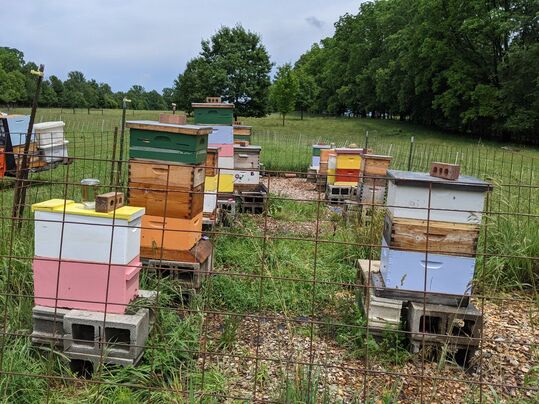
 RSS Feed
RSS Feed
